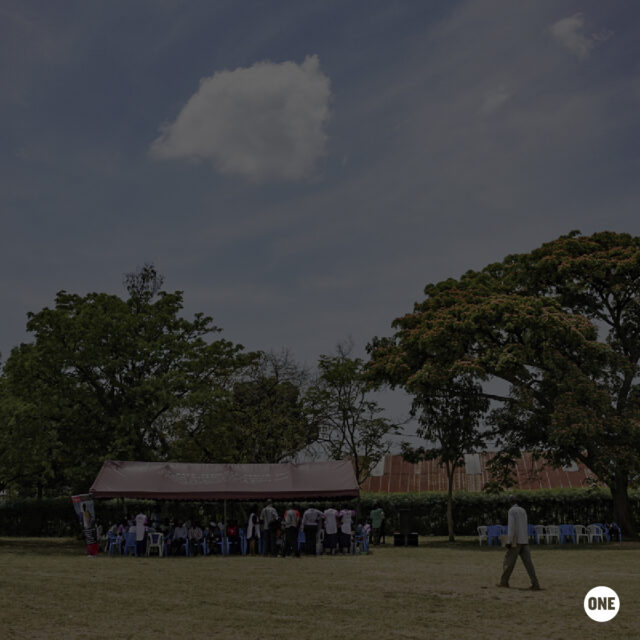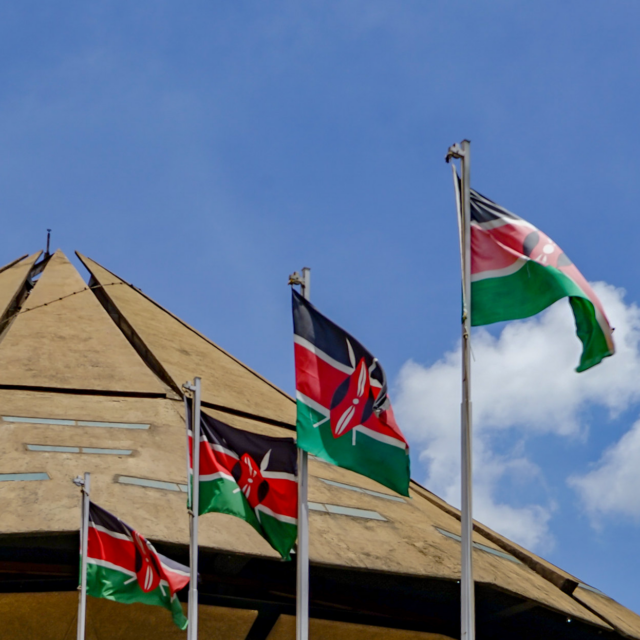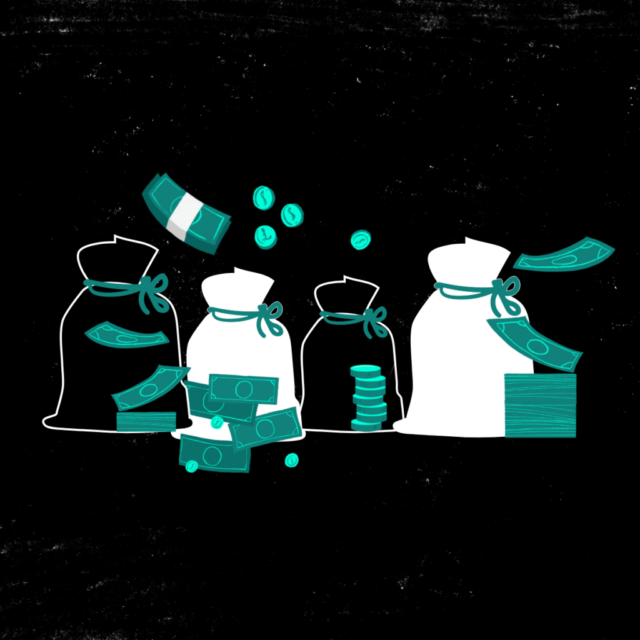On 12 March 2020, Kenya confirmed its first COVID-19 case. Since this ill-fated day, the COVID-19 pandemic has profoundly affected the country and its economy. People are still trying to battle this virus, learn how to cope, and emerge stronger after the pandemic.
The economy, however, has since faced major setbacks in its growth. Kenya is Africa’s third-biggest economy and it has not suffered such a new low in 12 years since the post-election violence experienced in 2008. According to the Kenya National Bureau of Statistics (KNBS), from the onset of the pandemic, GDP fell by 5.7% compared to 4.9% growth before March 2020.
Here’s a closer look at how the pandemic has impacted Kenya’s economy.
Quarterly gross domestic product (GDP) growth rate in Kenya from 2016 to 2020
In mid-March 2020, Kenya imposed partial lockdowns, which affected key sectors of the economy such as tourism, trade, and transportation. The disruption in these sectors led to massive unemployment rates in the country. According to the Kenya National Bureau of Statistics (KNBS), the Kenyan unemployment rate rose to 2.65% in 2020 from 2.64% in 2019. Bearing in mind that the youth make up 29% of the population, the youth unemployment rate was 7.24% in 2019, which rose to 7.24% in 2020, caused largely by the pandemic.
The Kenyan government has fallen short of its promise to create 1.3 million jobs in 2020. According to KNBS, 1.7 million jobs were lost in 2020 in the formal sector. A May 2021 Federation of Kenyan Employer’s report found that 5 million people lost their jobs in the informal sector. This growing statistic has been devastating for many households.
What did the government do? To cushion these effects, in April 2020, the government offered:
- 100% tax relief for workers with a gross monthly income of up to 24,000 Kenya shillings.
- Reduction of Pay-As-You-Earn (PAYE) from 30% to 25%.
- Corporation tax reduction from 30% to 25%.
- The turnover tax rate was reduced from 3% to 1% for micro, small, and medium enterprises (MSMEs).
- 10 billion Kenya shillings for payment of outstanding VAT refunds and other outstanding payments.
- 3 billion Kenya shillings as start-up capital for small and medium-sized enterprises (SMEs) and credit guarantee schemes to provide affordable credit.
- 3 billion Kenya shillings for agricultural inputs for small-scale farmers.
- Local governments reduced rates charged on businesses for permits.
- 2 billion Kenya shillings stimulus for the tourism and hospitality sector.
- Through Kenya Medical Supplies Authority (KEMSA), to import and offer personal protective equipment (PPEs) worth millions, to the health workers.
What went wrong?
Kenyans generally lauded these measures. However, 83.6% of the Kenyan working population in the informal sector did not benefit from the stimulus packages. While these measures were meant to aid the entire population, there was instead a big disparity in economic classes. According to the Central Bank of Kenya (CBK), the number of bank accounts holding more than 100,000 Kenya shillings increased to 1.96 million by the end of 2020, reflecting a growth of 8.7%.
The management of the funds for the stimulus packages was also hit by various issues as well. For example, KEMSA was rocked with scandals that came after Kenyan investigators vowed a separate inquiry into the alleged theft of PPE supplies donated by the Chinese government which in turn led to the loss of public money. This scandal led to the sky-rocketing of prices for PPE, hence making it inaccessible to healthcare professionals and the general public.
The hospitality sector also suffered massive job losses in the year 2020 alone. There was a record high of 2.5 million jobs lost in the sector since the beginning of the pandemic. The government containment rules heavily affected the sector, with restaurants and bars closed down and restrictions on the number of customers and working hours.
Where the Kenyan economy stands now
The Kenyan economy has been reopened as of 26 March and job opportunities have slightly increased, and recovery from the pandemic has slowly begun. This is a glimpse of hope for Kenya’s economy.
Some of the steps taken to help the economy recover include:
- The government overhauled the KEMSA board and is looking to prosecute the indicted individuals and recover the lost funds.
- The reopening of the international air space has led to increased exports of horticultural products to main markets in Europe.
- In 2020 and 2021, the government acquired International Monetary Fund (IMF) loans to speed up the country’s economic recovery.
Progress globally, however, still needs to be made. Economies around the world have been impacted by the COVID-19 pandemic, but some of the world’s poorest countries have felt these impacts the most.



